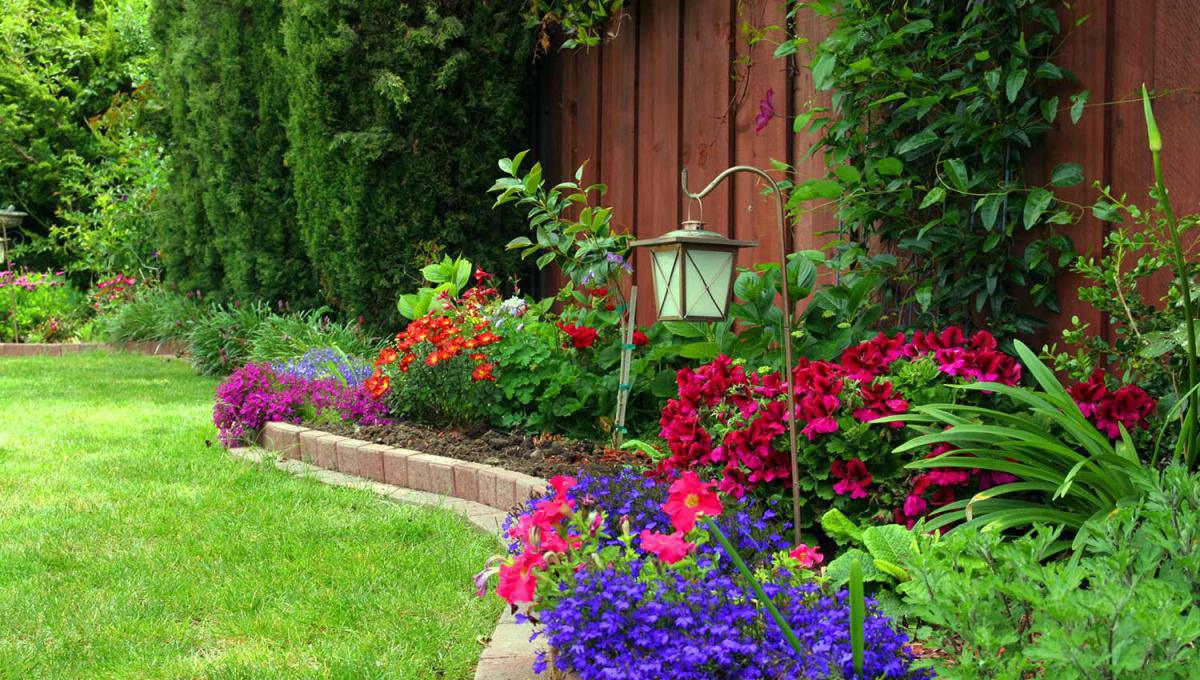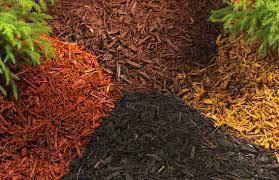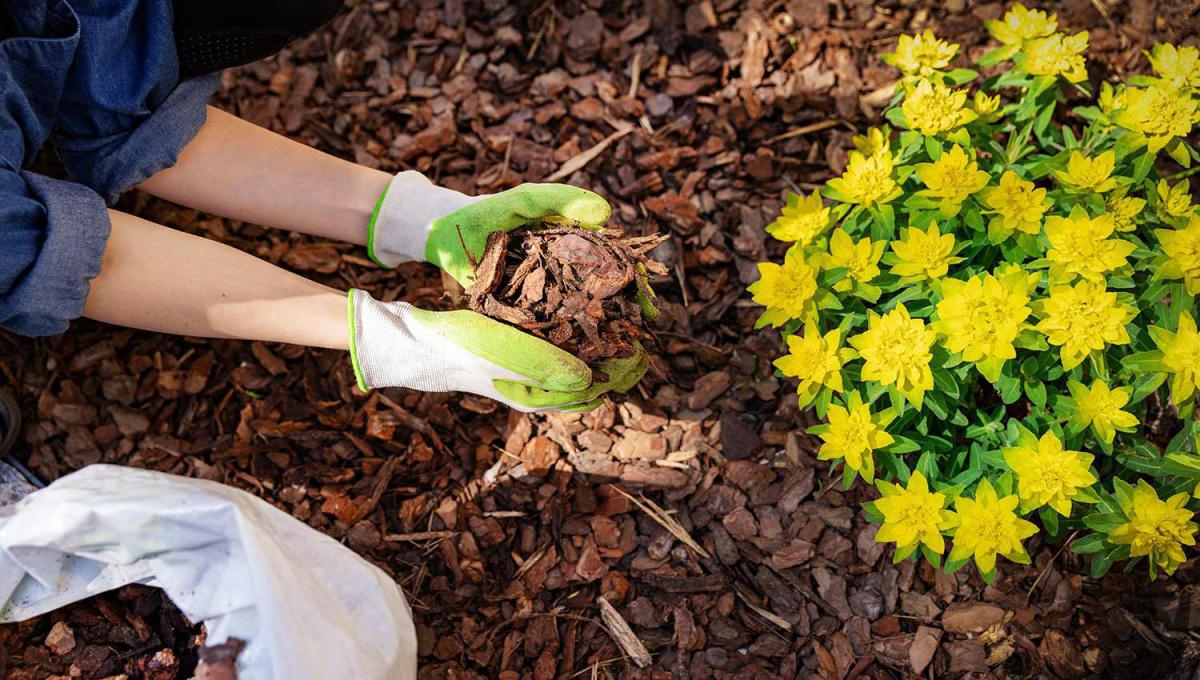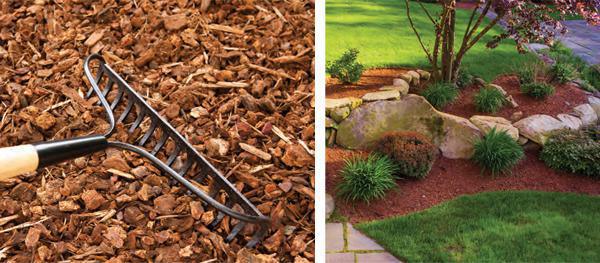Mulch is an inexpensive way to make your yard look well-manicured. It does a great job of controlling weeds and keeping plants well-watered.
There are certain techniques to mulching, and you may be unaware of how to properly mulch. We are going to cover all of the basics on how to correctly mulch.
Locate the Area You Want to be Mulched
Before you start mulching, you need to first decide which areas you’d like to mulch. Some people mulch their entire yards or mulch flower beds, while some people just mulch around certain plants and trees.
You’ll need to decide what areas of your yard need mulch. Flower beds look great when mulched. Walkways are great when they are mulched. Mulching around trees and shrubs is always a great idea. Be sure to avoid the "volcano" effect when mulching around trees. (see image below)
Also, mulching around your plants in your garden is a great idea as well as it helps them to retain moisture.

Prep the Area You are Mulching
You know where you want to apply the mulch, but you need to prepare the area first and come up with a design plan.
If you're re-mulching a bed you've spent seasons caring for, be sure it's as weed-free as possible. If you've just installed a brand-new garden bed, luck you! You can skip this step. It's also the perfect time to trim any bushes and shrubs and deadhead any flowering perennials. If you are mulching around a tree, it is a good idea to apply stones or some type of edging around the tree. Not only does it make your yard look neater, but it also helps to hold the mulch in place.
Our experts can help with not only preparation, but also designing the space and installation as well.

Once your area(s) is prepperd, it's time to get the tools out. Applying it to your yard looks wonderful, but it's hard work.
Do yourself a HUGE favor and protect your hands with gloves. Invest in a tool to spread your mulch. Depending on the type of mulch, you can use a shovel, garden hoe or even a pitchfork. Do NOT underestimate the power of a wheelbarrow to help you lug around large amounts of mulch. It will save your back!
Choosing Your Mulch
Now that you have a plan in mind that you are going to try and create, you’ll need to begin searching for your mulch. There are multiple ways to find it and different kinds to use. You can use old leaves and yard scraps as your mulch. If you like a more traditional style mulch you can also just go to the store and purchase some bags of it. Another option is to create your own. You do this whenever you cut down a tree or anything that produces brush. Once you’ve cut it down, you’ll need to run it through a wood chipper to create chips (or mulch.)

To calculate how much mulch you'll need, determine the area of your bed and multiply by your desired depth (most beds should have mulch 2 to 3 inches deep). Once you have your number, round up to the nearest whole or half cubic yard for delivery orders, or divide by the volume of the bags you’re purchasing to find how many you need.
Pro Tip: Whether you’re paying a delivery fee or hauling bags home yourself, it’s better to have a bit extra than to have someone make a second trip.

Spread the Mulch
If you are doing it in a garden bed at the front of a home, you may want to consider laying landscaping fabric or weed barrier of some sort. This is so the weeds and grass cannot come up, but your plants still have access to the surface. We recommend adding this to avoid spending a lot of time pulling weeds. Once this is done, you’ll begin throwing mulch on the areas. You want to make sure that the entire ground is covered completely.
Keep in mind that the thicker it is, the harder it is for weeds to get through and the longer it takes it to compost. This means you have to apply it less often. The more the better when you are doing the job. Just be sure that you don’t cover up any plants with it, or you could kill them.

Hiring a Professional vs. DIY
Depending on the size of your yard, this project is relatively foolproof for even a novice gardener. The mulching itself is a breeze—the prep work is actually what takes the most time. If you can dedicate a Saturday afternoon to cleaning up your flower beds and spreading mulch, you can save quite a bit of money.
But if you’d rather spend your weekend at a barbecue, hiring a local landscaper to mulch your flower bed is a great option. A pro can get the job done in only a few hours.









